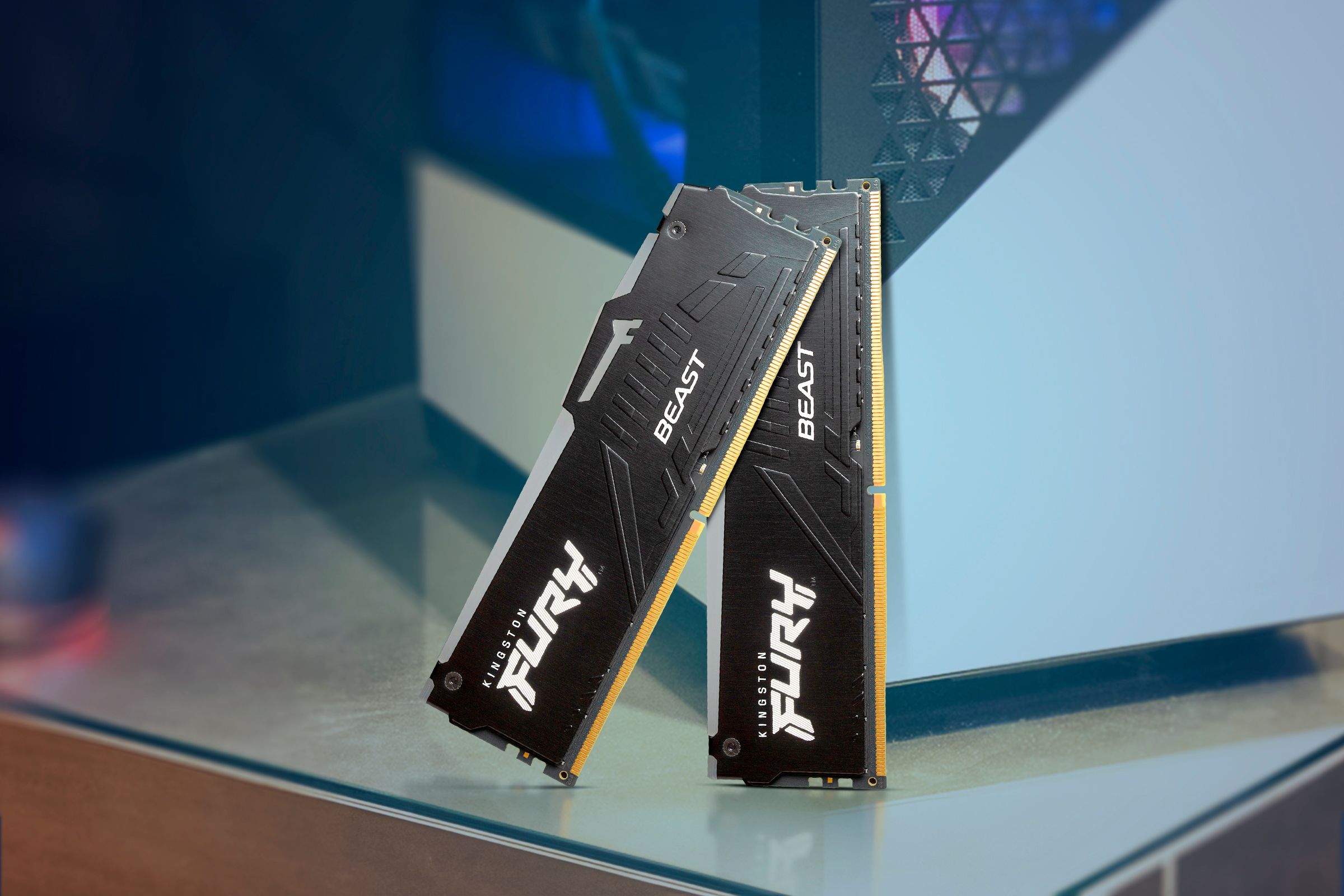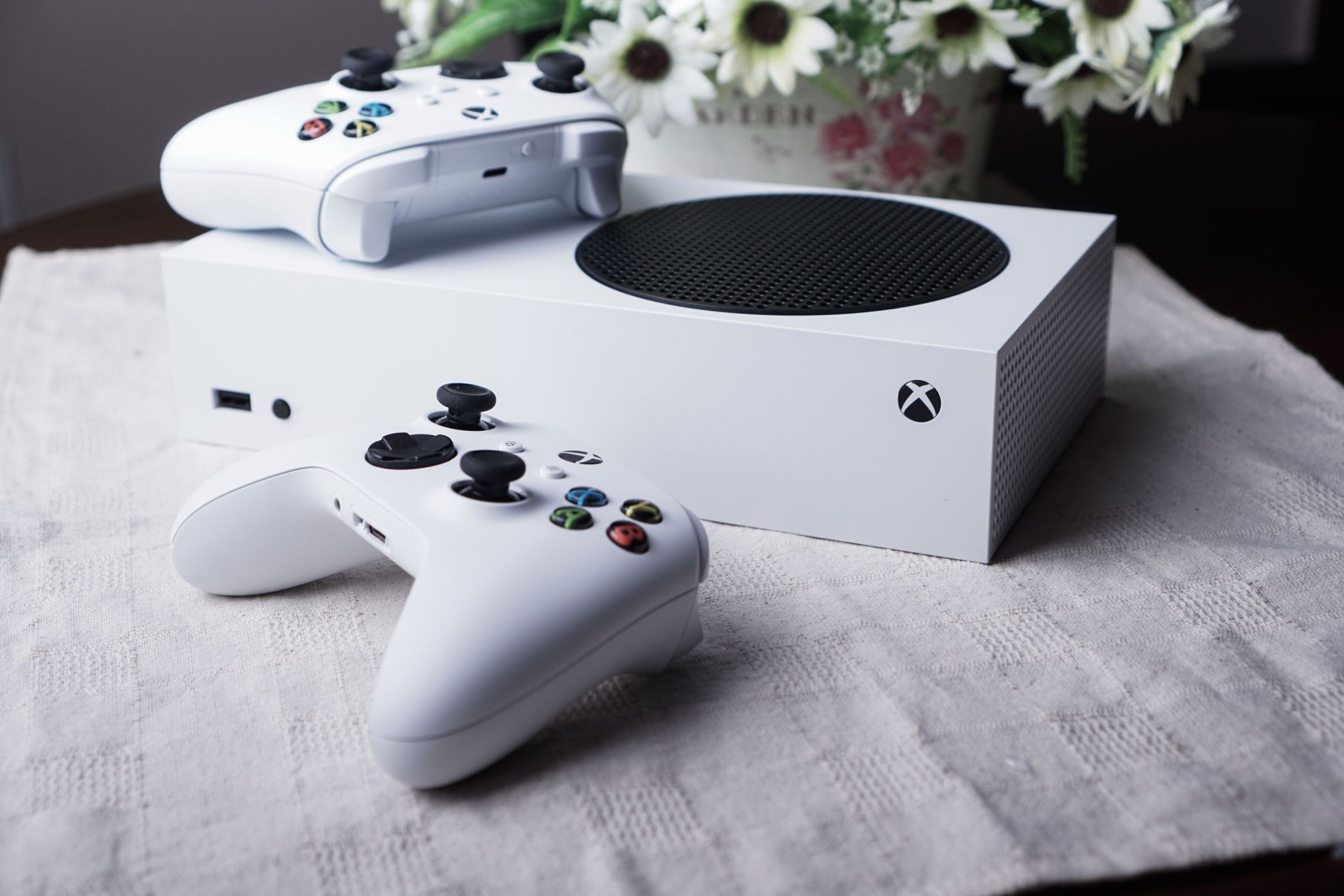How Much RAM Do You Really Need in a New Mac?
RAM
Key Takeaways
- You can’t upgrade an Apple silicon Mac, so choose the right amount of RAM when you buy.
- Base Macs now have 16GB of RAM and so a base model is the best choice for most users.
- An 8GB Mac can still be found at bargain price, but won’t be future-proof and may struggle in Apple Intelligence tasks and resource-heavy workloads.
You can’t upgrade the memory in a Mac, so you must choose the right amount of RAM when you buy. That include what you need now, and what you might need in a few years. So what is the right amount?
Why Choosing Enough RAM Is So Important
It’s been over a decade since Apple launched a MacBook with user-upgradeable memory. Since the move to Apple silicon in 2020, no Mac can be upgraded.
Apple silicon uses a form of “unified memory” that is integrated into the same chip as the processor, the graphics processor, the AI processor, and so on. Even if you buy a high-end professional machine like a Mac Pro, you can’t just slot in a bit more RAM if you need it.
That makes it really important that you select the right amount of memory when you buy your Mac.
It sounds obvious, but what makes it a more complicated decision for most of us is the price. Apple’s RAM upgrades are very expensive. At the consumer end, an extra 8GB will cost you $200, far more than you’d pay if you could perform the upgrade yourself.
Given that most people are on a budget, it’s natural to go for the least amount of RAM to keep costs down. Fortunately, now that 16GB is the baseline, that could be enough.
Why Apple Needed to Upgrade the Base Macs to 16GB
I bought an 8GB MacBook Air in 2021, and for the most part, it has been fine for my usage. Lots of tabs open across two browsers, writing, a little image editing, and several apps like Slack and Spotify running in the background. It’s been pretty smooth.
The macOS Activity Monitor, which you can quickly launch through Spotlight, shows how well the memory is coping.
Ignore the numbers even if they suggest your RAM usage is high, as that’s how the OS is designed to work. Instead, look to the Memory Pressure chart for a visual guide to what’s going on. If it’s green, all is good. If it’s yellow, it means you’re running stressing the system for memory but haven’t “run out” per sé. If it’s red, you need more RAM.
With fairly modest usage, my Mac happily ticks along in the green. Yet it’s not too hard to push it into the yellow. Virtual machines, video editing programs, and coding apps all do it, as you’d expect. They’re all much more powerful tools.
The big recent change, though, is that macOS itself now routinely pushes the memory pressure into the yellow thanks to Apple Intelligence.
AI is notoriously RAM-hungry. This isn’t a problem with remote services like ChatGPT, but if you’re running it locally, as you are with Apple Intelligence, you need that memory to make it work.
Even something quick and simple like running this article through the Proofread feature in Apple Intelligence causes a spike in the RAM usage. As Apple upgrades its AI tools to include more—and more powerful—capabilities, its memory needs will only increase.
We’ve long been impressed by how well an 8GB Mac runs. But clearly, it’s not going to cut it for much longer if you want the full macOS experience. So, how much memory do you need?
How Much RAM Do You Need in a New Mac?
Apple no longer sells any Macs with less than 16GB of RAM. But you can still buy them online elsewhere, and often at knock-down prices that make them very attractive. You can upgrade the pro-level Macs all the way up to 192GB.
8GB: For Light Use Only
So is an 8GB Mac still a good buy? If your usage is fairly light—things like browsing and watching Netflix—you aren’t interested in Apple Intelligence, and you can get a good deal, then yes. Just remember that it isn’t a future-proof option.
A Mac should last you five years or more, so if your needs change, it may no longer be good enough.
16GB: The Right Choice for Most People
16GB is likely to be good enough for most people for some time yet. Along with the basics, it should be able to handle some gaming, a little coding, enthusiast-level image editing, video editing, and more.
It’s also the amount that Apple has decided is enough to run Apple Intelligence comfortably, so it should be good for a few upgrades yet. And given that 8GB was the base spec for seven years, the most affordable Macs might not get another memory upgrade this decade.
24-32GB: For Working With Large Files
Although it adds $200 to the price, 24GB is a nice intermediate upgrade. It’ll give you more headroom if you think you need more power, and should also ensure your Mac runs smoothly for years to come. Or you can go the whole hog with double the base memory.
In either case, you’ll see a benefit if you work with hefty files in creative areas like photo or video editing, for gaming, or heavy multitasking involving several powerful apps. You can run Windows in a virtual machine as well.
More Than 32GB: For Heavy Workloads
You can only get more than 32GB in the pro Mac models, perfect for specialized professional use. If you’re a developer, work with 3D graphics, machine learning, huge datasets, and things like that, then the more RAM you have, the better.
To make this easy: if you have to ask whether you need more than 32GB of RAM, you almost certainly don’t.
By upgrading the base Macs to 16GB, Apple has made the decision about how much RAM you need a lot easier. 8GB was always a compromise, even if it was okay for “ordinary” use. For a few years at least, 16GB will be a no-brainer for most people.
The bigger question might be whether you should go for the 256GB of storage, or if you should upgrade that instead.



















